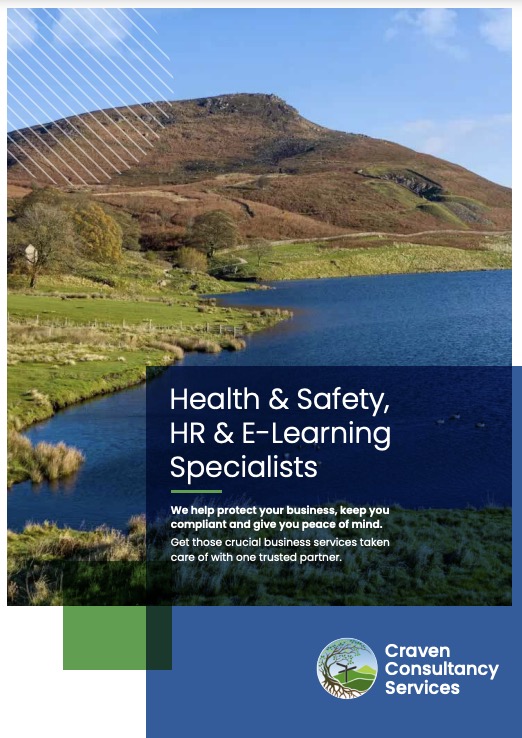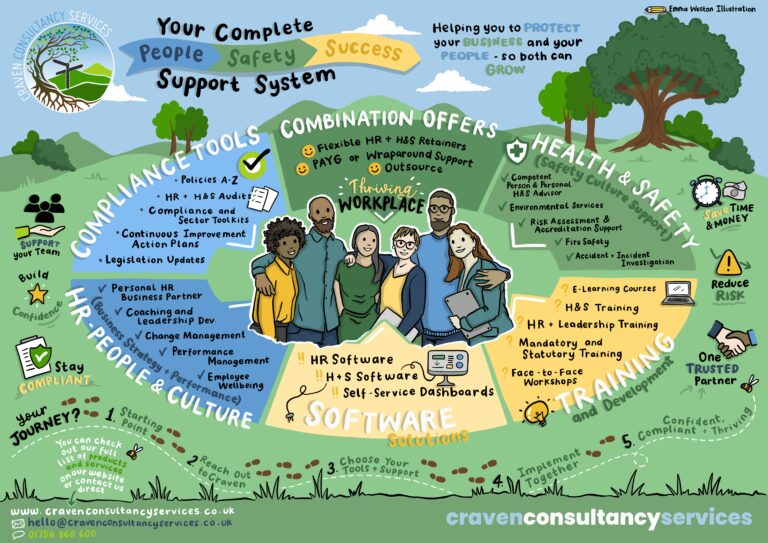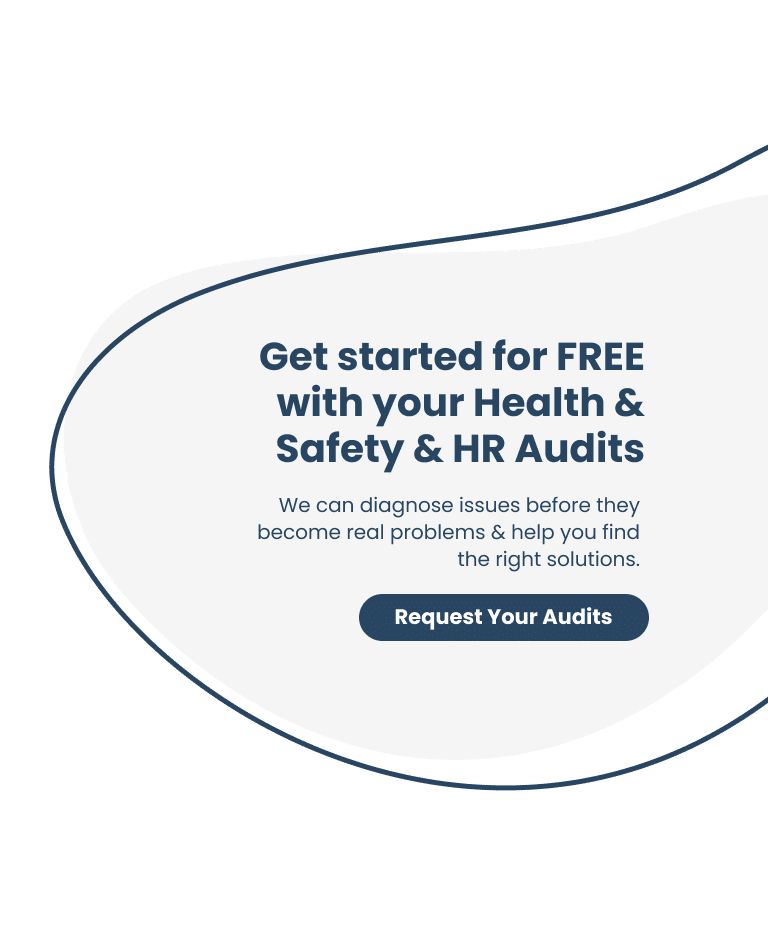A stress risk assessment is simply a careful examination of what in a workplace could cause staff to suffer from work-related stress. This is so that you can weigh up whether you have done enough, or should do more to prevent harm.
Under the Health and Safety at Work etc Act 1974 employers have a general duty to ensure, so far as is reasonably practicable, the health of their employees at work. This includes taking steps to make sure they do not suffer stress-related illness as a result of their work.
Employers also have a specific duty under the Management of Health and Safety at Work Regulations 1999. They must undertake risk assessments that seek to identify, and eliminate or reduce, risks to their employees’ health, safety and welfare. Stress is one of the risks to health, safety and welfare that must be assessed.
Risk assessments must be reviewed periodically. This should be whenever there is a change to any aspect of the work activity which could significantly affect the health, safety, or wellbeing of employees. They should also be reviewed under any other circumstances where the existing risk assessment is thought to be no longer valid. The regular period of review should be decided locally. This will depend on the level of risk and how susceptible to change the activity is. This includes a stress risk assessment.
Hazard Identification – Factors to be considered
When considering the likelihood that a work-activity could result in employees becoming stressed, it is necessary to first identify the potential hazards. The section below includes the factors identified by the Health & Safety Executive (HSE) as being most significant contributors to workplace stress. Also a list of eight factors – external factors that can impact on individual ability to cope with work pressures
Factor Considerations
1. Demands – High volume of work, competing priorities, unrealistic deadlines, intense periods of activity, requirement for very fast work. Also expectation of very long hours, high pressured environment.
2. Control Level over pattern of work and breaks, inability to decide on work speed, priorities, access to flexible working.
3. Role Clarity – understanding of role itself; how to carry it out; how it relates to immediate team and the wider organisation’s strategic plans.
4. Relationships – Inter-relationships with work colleagues, staff, and manager(s); bullying; harassment; conflict; unkind behaviour.
5. Support in dealing with work difficulties, accessibility, constructive feedback, praise for good work, encouragement.
6. Support from Colleagues – Support/assistance in dealing with work difficulties, respect.
7. Change Communication, consultation, and management of change.
8. External Factors – Mental health, other serious ill health, bereavement, dependant illness.
Required Actions and Prioritisation
Ideally, when considering risk assessment, the goal should be to remove the hazard. In relation to work-related stress, this may only be possible in a limited number of situations. The standard adopted in law when considering the cost, both financial and operational, of implementing a control measure is reasonable practicability. The next best measure is either to reduce the hazard, or the likelihood of it causing harm, through various control mechanisms.
When determining the specific required actions, consider the gaps you found when looking at existing control measures. Also consider whether equivalent measures could be implemented in the relevant work area.
Always consult with the affected staff for their contribution to ideas that might help resolve the difficulties. Consequently, this can either remove the hazard or reduce the level of risk.
It is important to appreciate that whilst some control measures help to reduce or prevent stress, others serve only to support employees who are already experiencing stress. Whilst, in time, these support mechanisms may assist those employees in recovering from this episode of stress, and even avoiding future episodes, the employee has already experienced harm. This in no way invalidates such measures which are widely recognised as not only valuable but also an expected facility for staff of responsible employers. However, provision of support services is generally perceived by the regulatory bodies as the minimum standard an employer can adopt to manage workplace stress.
We can help you with risk assessing your workplace, just get in touch.













